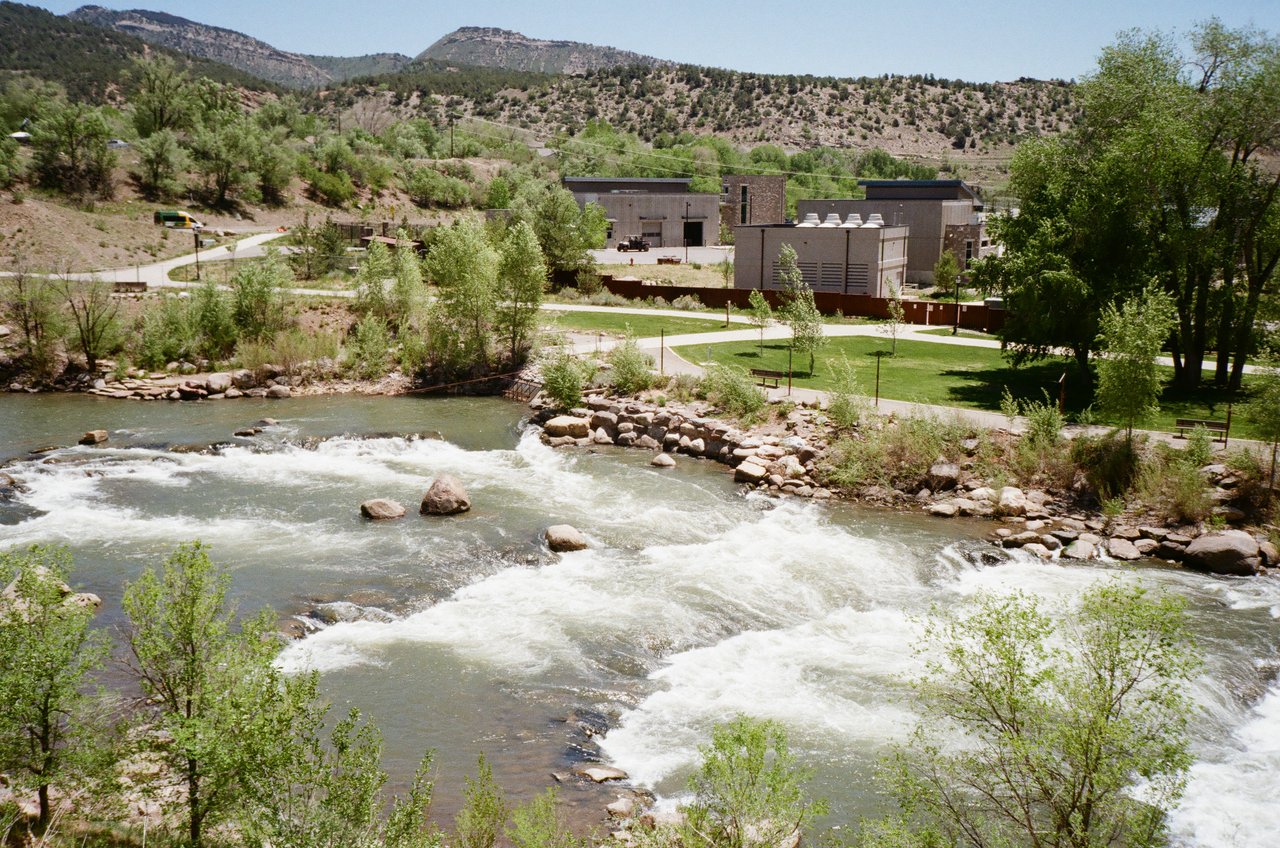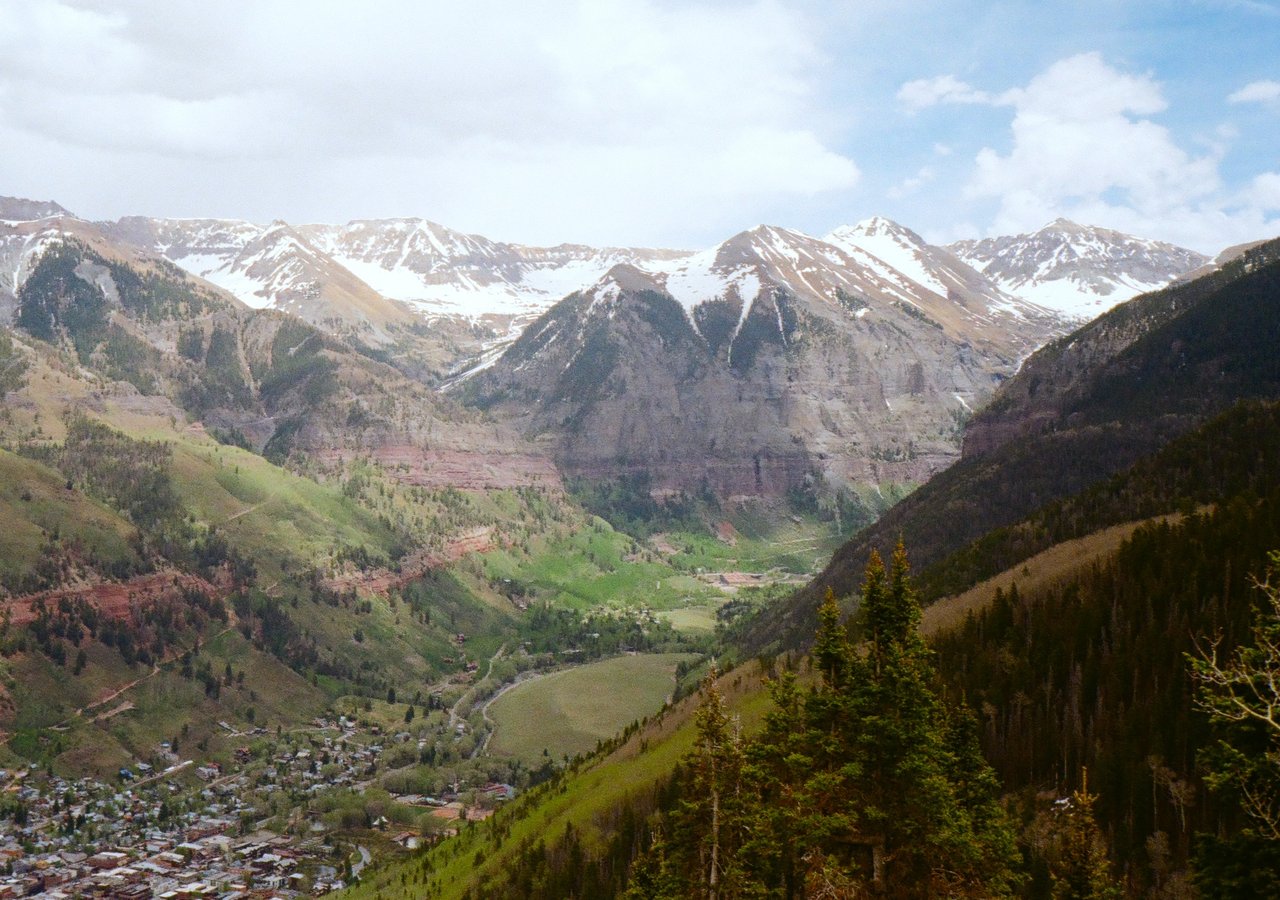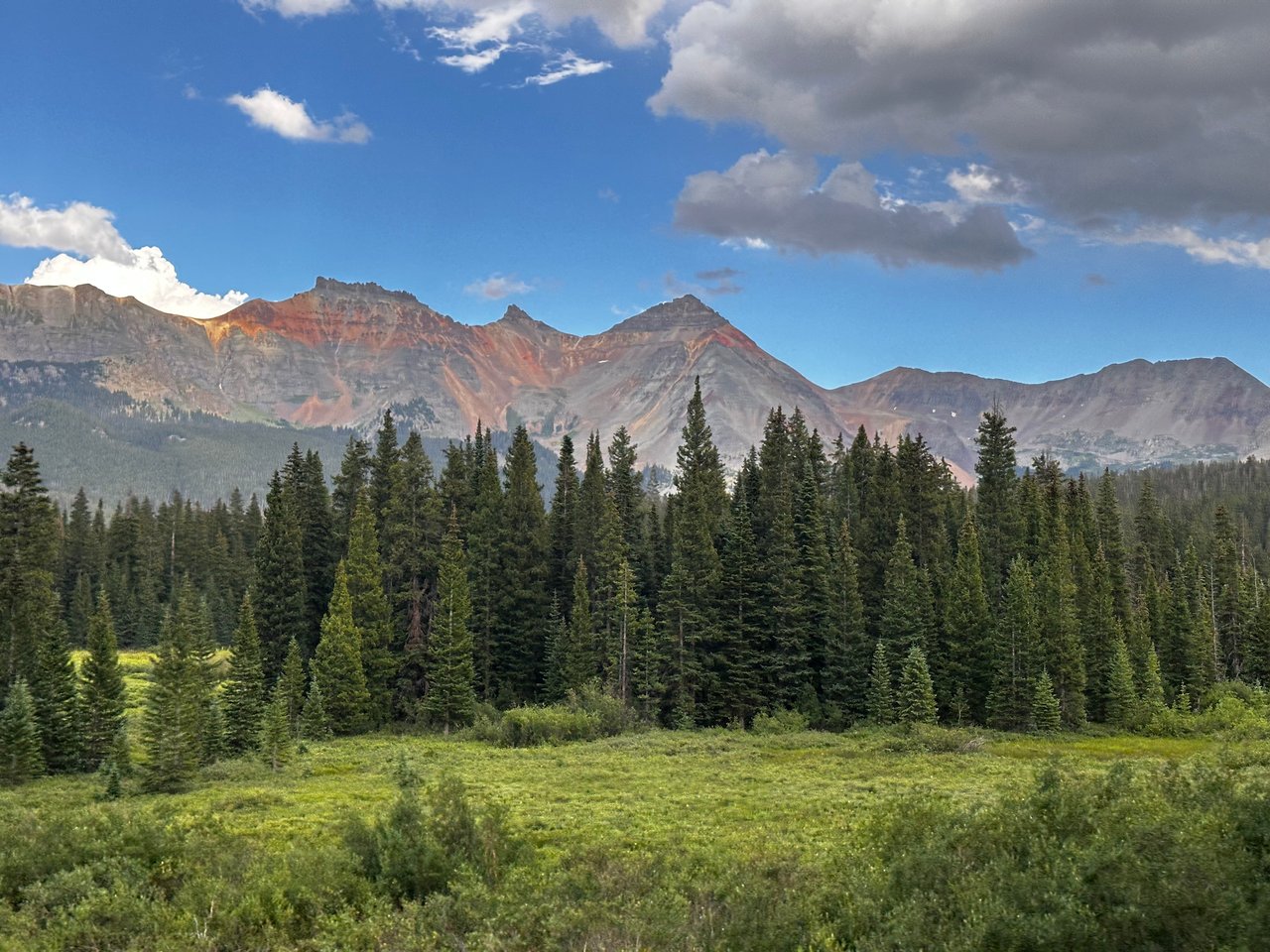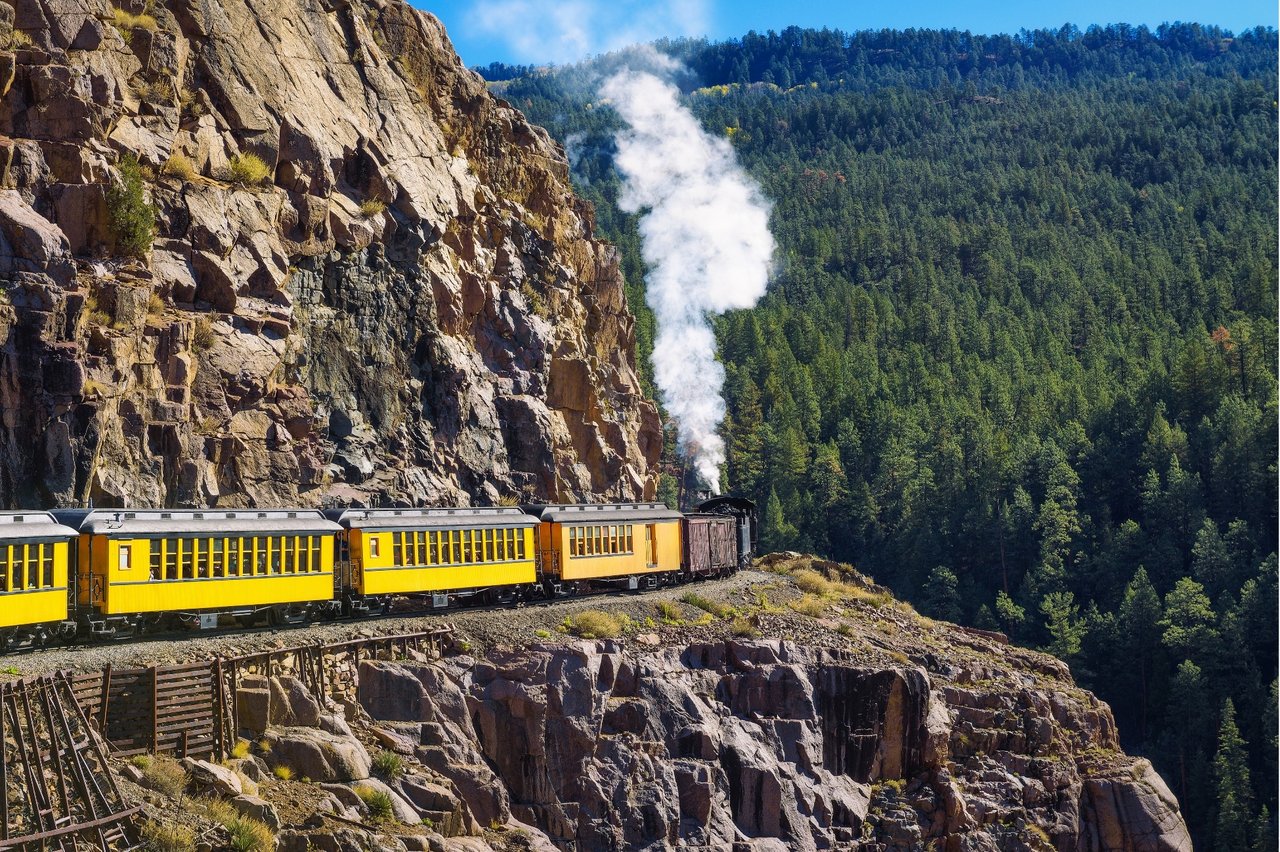With wildfire season upon us and insurance companies tightening their guidelines, homeowners in Southwest Colorado need to be thinking about one thing: defensible space.
If you haven’t heard this term before, defensible space is the area surrounding a home that’s been strategically cleared and maintained to slow the spread of wildfire and give firefighters room to defend the property. It's one of the most critical steps you can take to protect your home—and now, thanks to a new Colorado law, it may also help protect your wallet.
What Is Defensible Space?
Defensible space is broken down into zones. According to Colorado State University’s fire mitigation guidelines:
-
Zone 1 (0–15 feet from the home): Remove all flammable vegetation. Keep this area lean, clean, and green. Firewood and fuel should be stored elsewhere.
-
Zone 2 (15–75+ feet): Thin trees and shrubs, prune branches 10 feet above the ground, and remove “ladder fuels” that could allow fire to climb.
-
Zone 3 (75+ feet): This is the area of general forest management. Keep trees healthy and well-spaced.
The idea is to reduce or eliminate the fuel a wildfire would need to reach your home. Even if flames do breach this space, they’ll be slowed—giving firefighters a fighting chance.
Why It Matters More Than Ever in 2025
Southwest Colorado is no stranger to wildfire risk, and insurers have taken notice. In fact, many homeowners here have experienced rate hikes or even policy cancellations based on wildfire risk assessments from third-party modeling services.
Enter House Bill 25-1182, signed into law earlier this year and taking effect on January 1, 2026. This law will require insurance companies to recognize wildfire mitigation efforts—not just from individual homeowners, but from entire neighborhoods and communities. If you’ve created defensible space or completed a wildfire mitigation assessment, your insurer will now be required to factor that in before canceling or hiking your rates.
This is a huge win for property owners, but here’s the catch: you’ll need documentation to prove your property is compliant.
How to Protect Your Home and Your Insurance
Here’s what I recommend to homeowners and buyers alike:
-
Get a Comprehensive Wildfire Risk Assessment from a Certified Wildfire Mitigation Specialist (CWMS). These professionals follow NFPA/IBHS standards, which are what insurance companies recognize.
-
Create and maintain your defensible space now—don’t wait until the law kicks in. If your policy is non-renewed before you're compliant, you might not have time to make improvements before losing coverage.
-
Use your assessment as a listing tool. If your property is in compliance, make it part of your home’s story. Buyers are looking for homes that are already mitigated and insurable.
📉 Did you know high-risk wildfire insurance can add more than $1,000/month to a mortgage payment? That’s enough to tank a deal—or drastically reduce your buyer pool.
For Buyers: Don’t Skip This in Your Due Diligence
Whether you're buying in Durango, Pagosa Springs, or the edges of Cortez, wildfire risk is real. Ask if a defensible space plan or wildfire risk assessment is already in place. If not, it may be worth negotiating improvements or pricing based on what's needed to meet insurance standards.
Final Thoughts
Creating defensible space isn’t just about peace of mind. It’s about property value, marketability, and now—insurability. With new laws backing homeowners who take action, there’s no better time to get started.
If you’d like help connecting with a certified wildfire mitigation specialist or need help navigating how this impacts your home sale or purchase, reach out anytime.
Let’s protect what we have and make our communities more resilient—one property at a time.
Stay ahead of the curve. For personalized guidance tailored precisely to your objectives, schedule your FREE Consultation today by clicking here.



